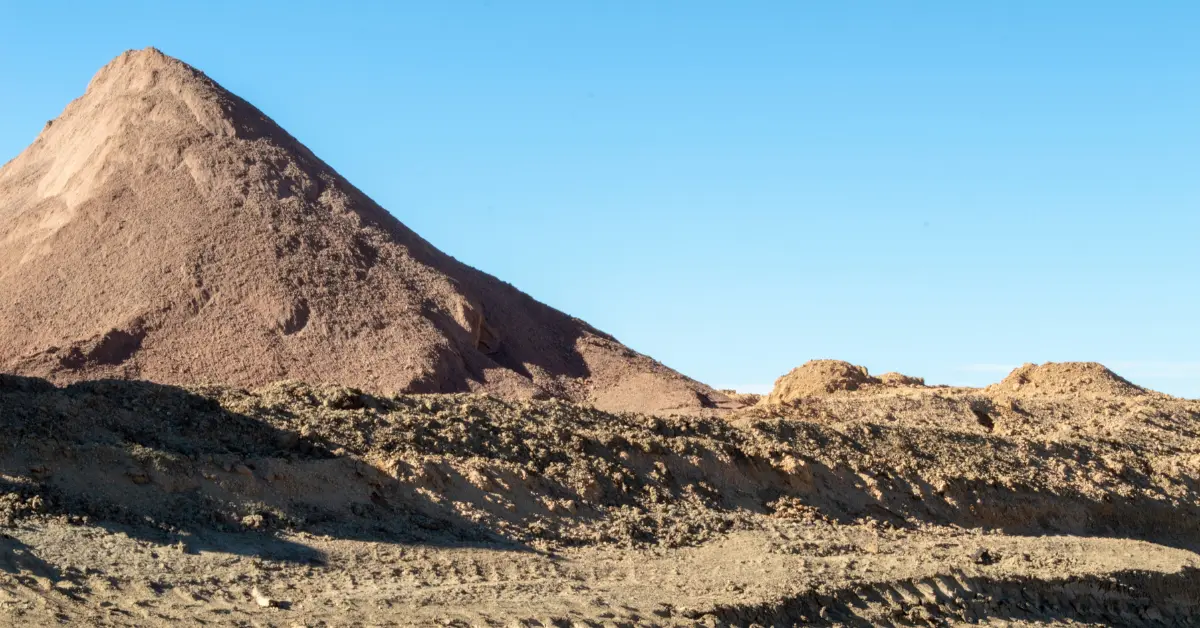
When it comes to construction, every load counts. Dirt may not be the flashiest material on your bid sheet, but it’s one of the biggest hidden costs on any project. Between buying fill, hauling it in, and paying to dispose of excess, contractors often lose thousands of dollars on dirt alone.
That’s where smarter matching comes in. By sourcing dirt directly from another nearby jobsite instead of buying new material, you can cut costs and save time in a big way.
The Cost of Dirt the Old Way
Traditionally, contractors have two choices:
- Pay for virgin fill or aggregates from a supplier — plus delivery fees.
- Pay to dump excess material at a disposal site — plus hauling costs.
Either way, you’re spending twice: once to get dirt in, and once to get dirt out.
How Matching Changes the Math
With a digital platform like Soil Connect’s Marketplace, contractors can match their excess material with someone else’s need — keeping both sides off the hook for unnecessary expenses.
Let’s break it down:
- Fill buyers can cut costs by using material already nearby, instead of paying supplier markups.
- Fill movers can avoid disposal fees by finding a contractor who needs what they’ve got.
- Both sides save on trucking when jobsites are closer together.
Real-World Savings
- Material Costs: Matching dirt can save $8–$15 per cubic yard compared to buying new fill. On a 1,000-yard job, that’s $8,000–$15,000 in savings.
- Hauling Costs: Cutting 10–15 miles off a haul can save $100–$200 per load in fuel and driver time.
- Disposal Fees: Avoiding landfill or dump site costs can save another $5–$10 per cubic yard.
Multiply those numbers across multiple jobs, and the savings add up to tens of thousands of dollars per year.
The Bigger Picture
Matching dirt isn’t just about cost savings. It keeps trucks off the road, reduces project delays, and supports sustainability by cutting down on waste. The bottom line? Smarter dirt management means healthier profit margins — and healthier jobsite operations.

.svg)



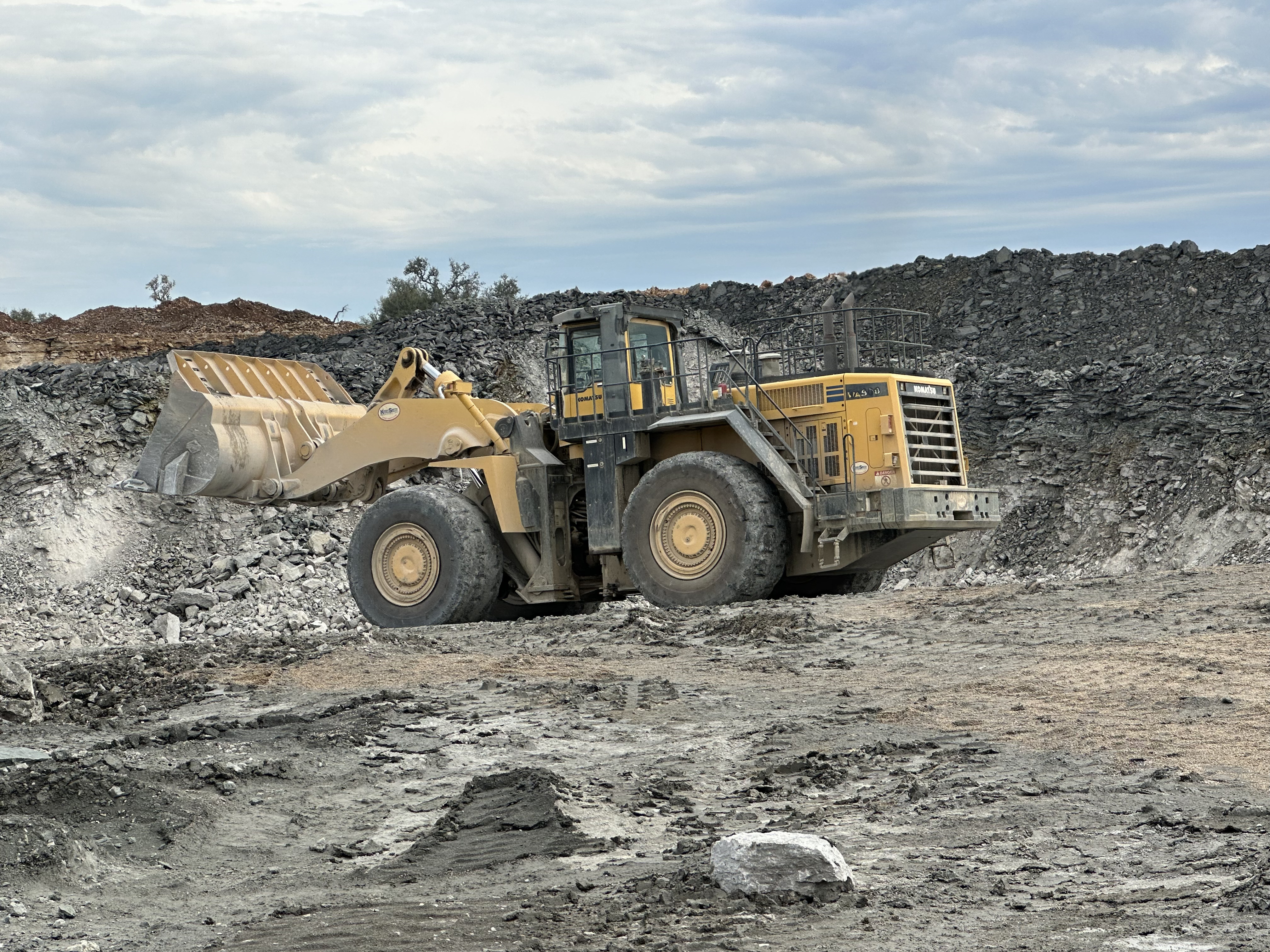






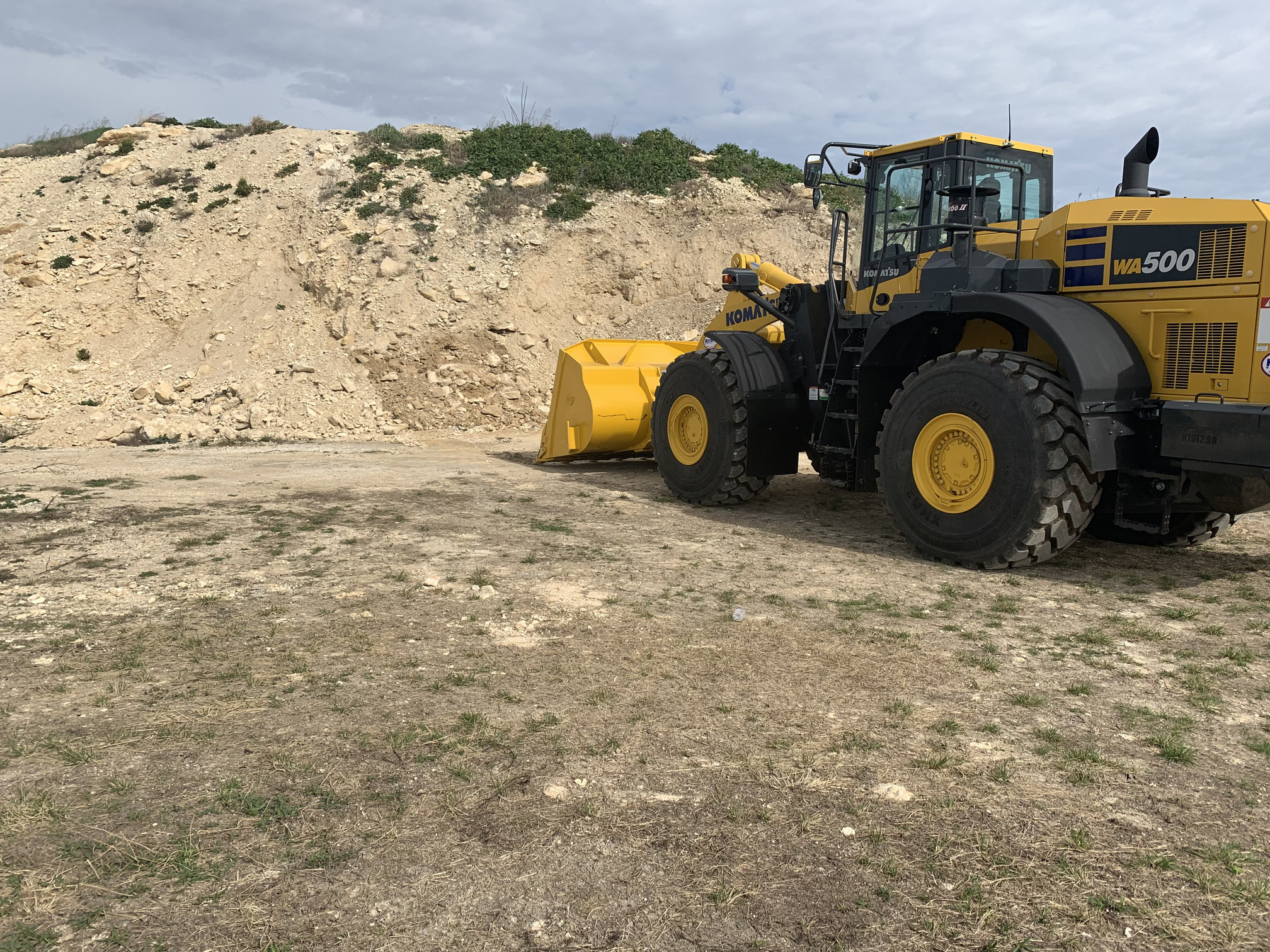
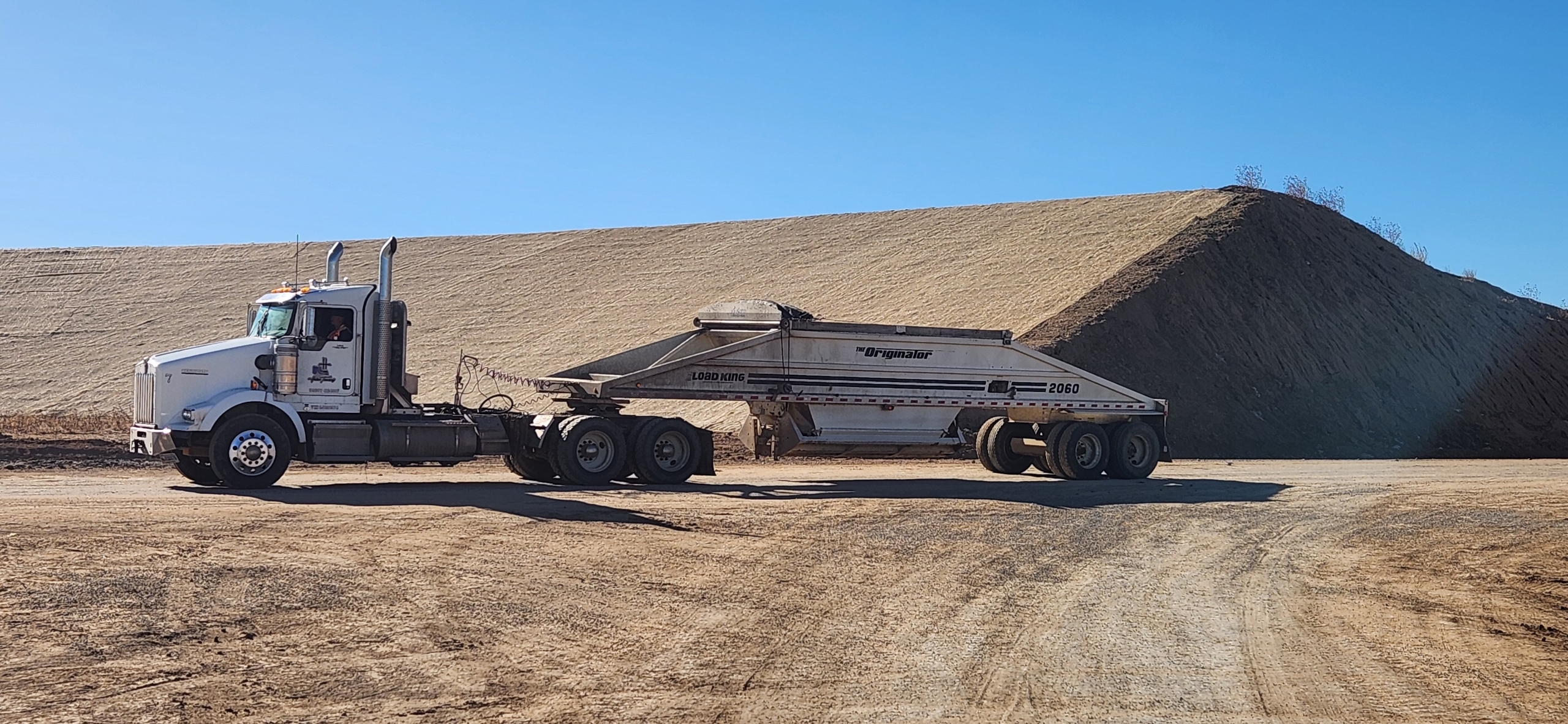
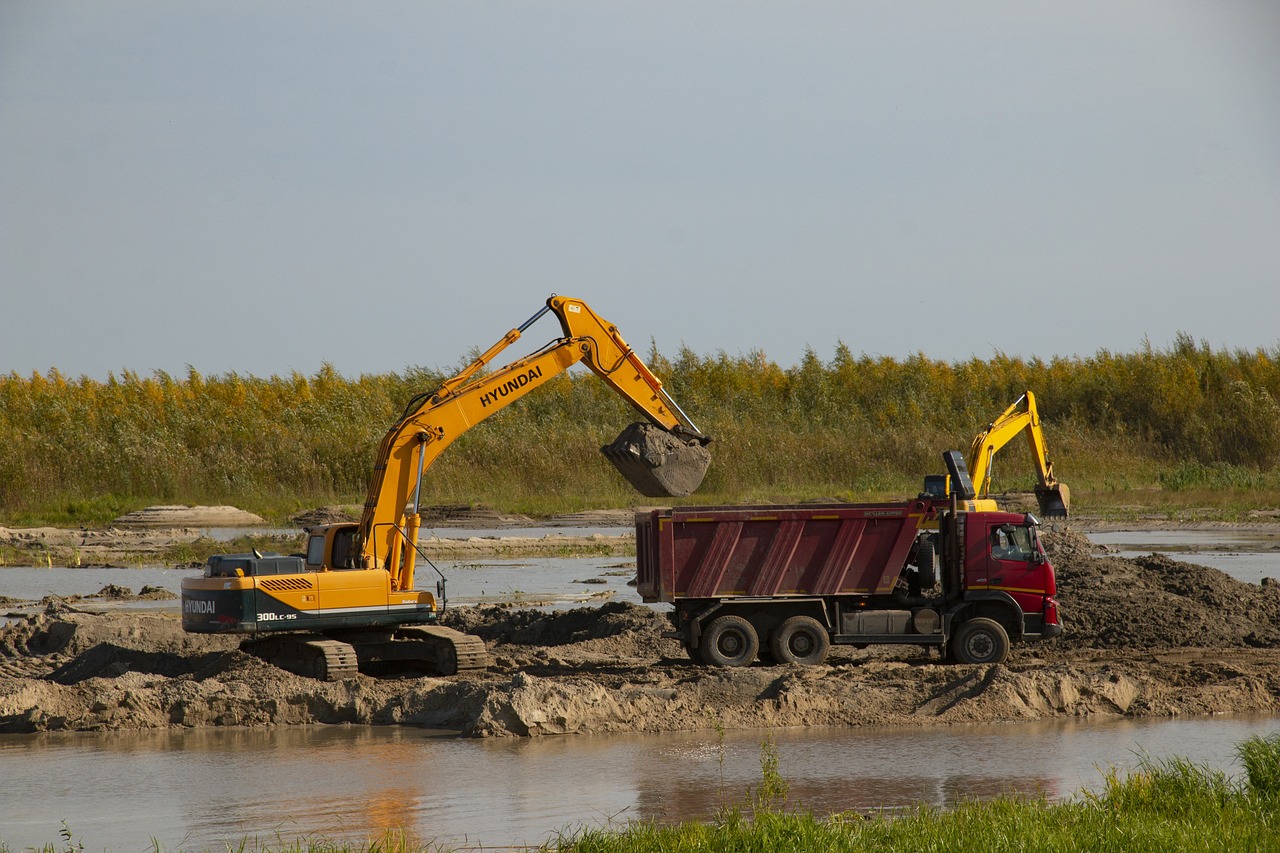

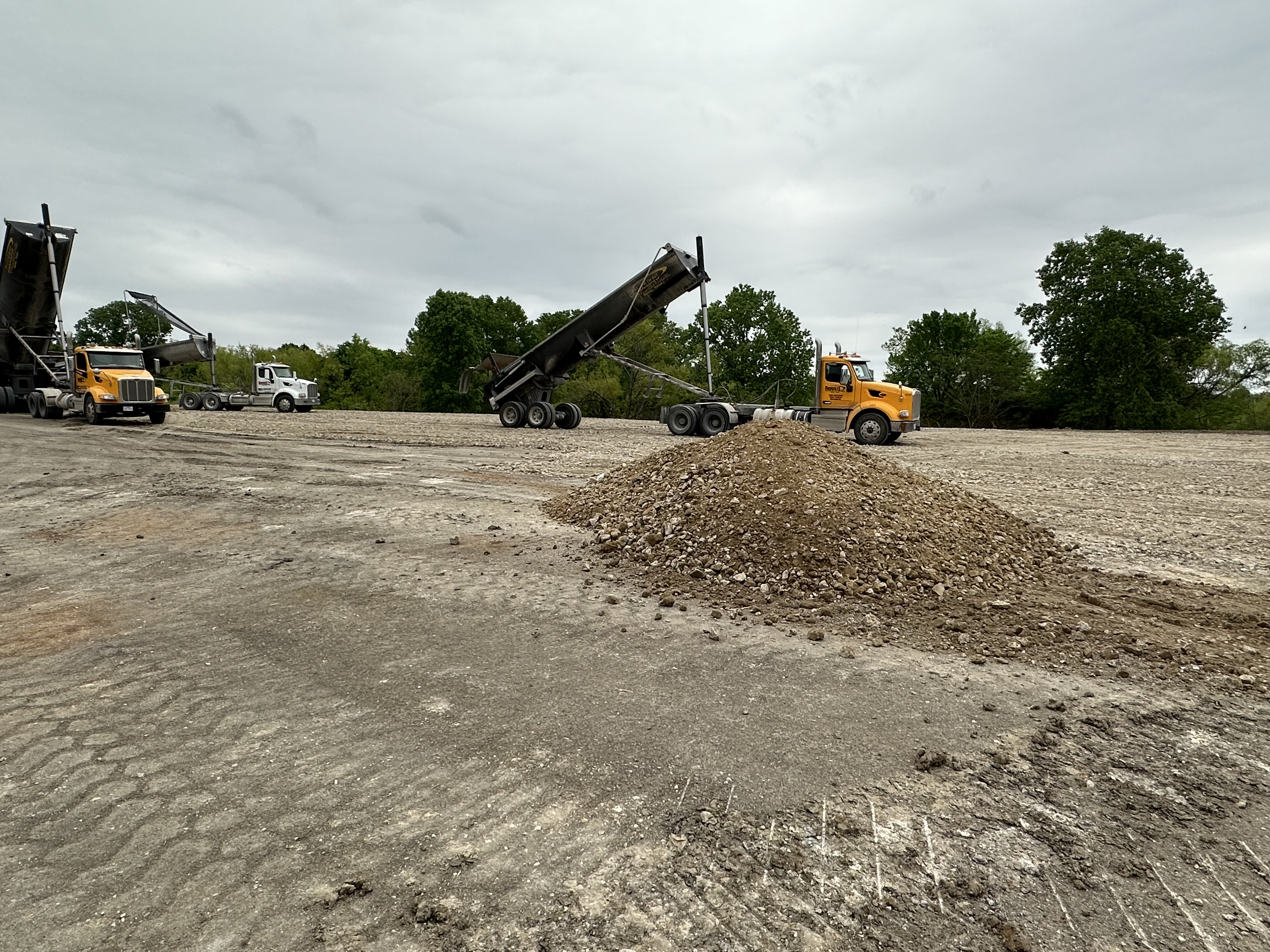
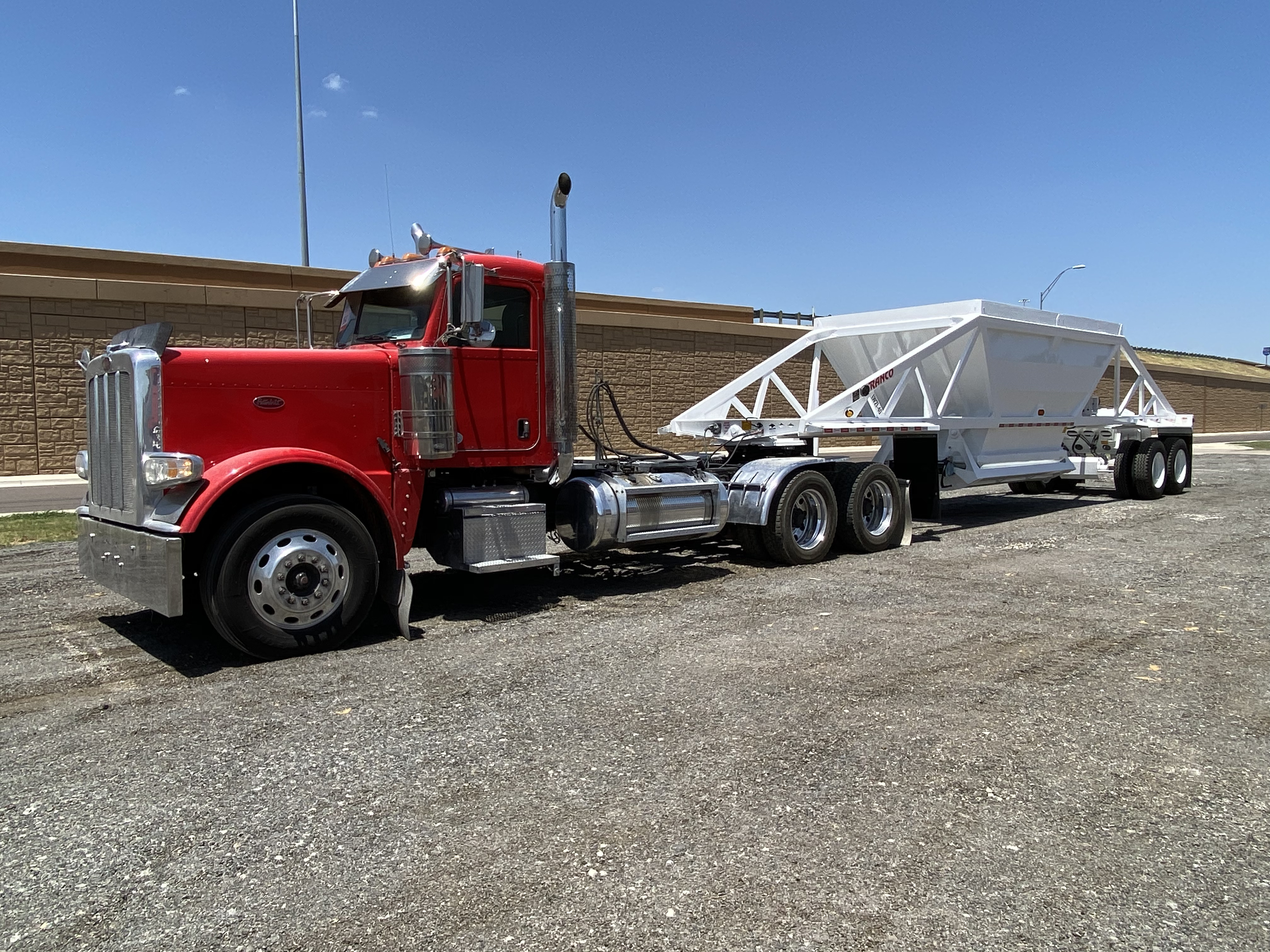
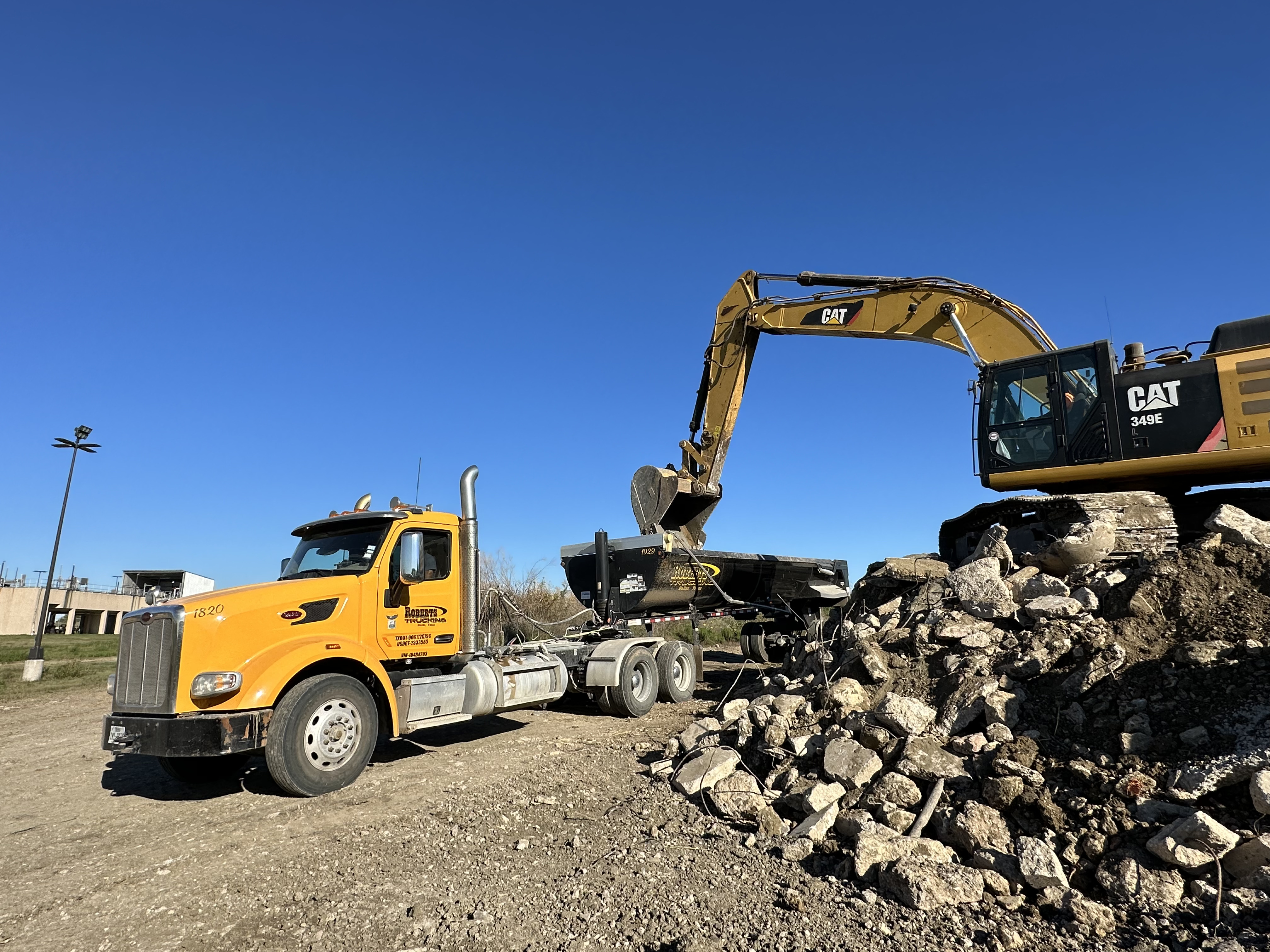
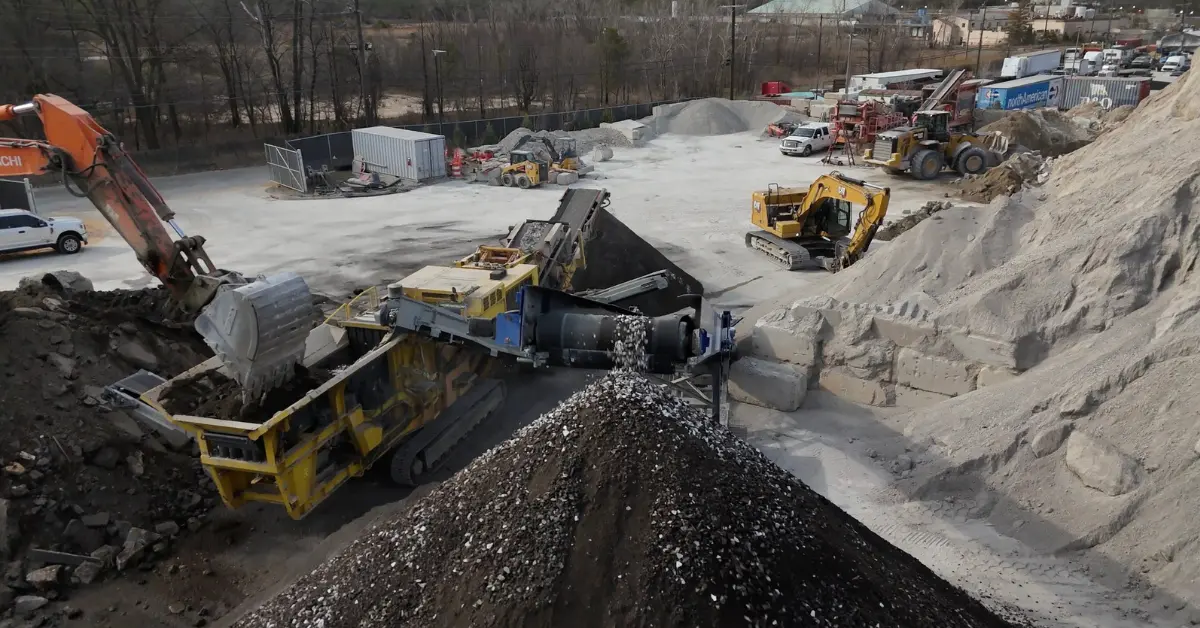
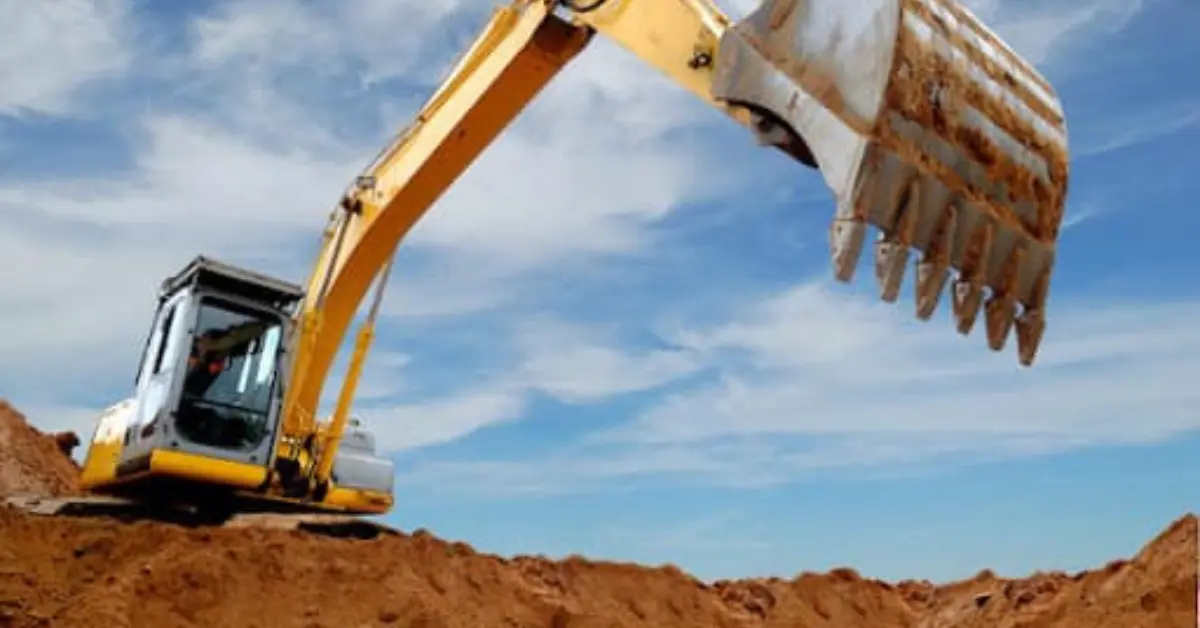
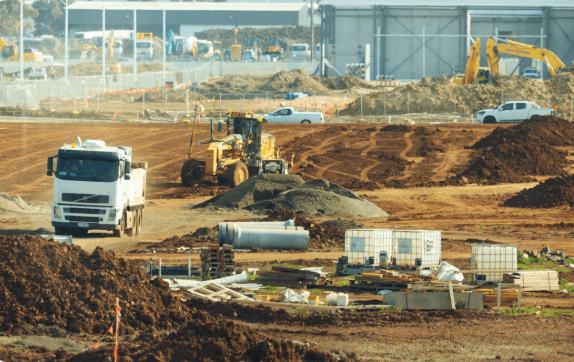

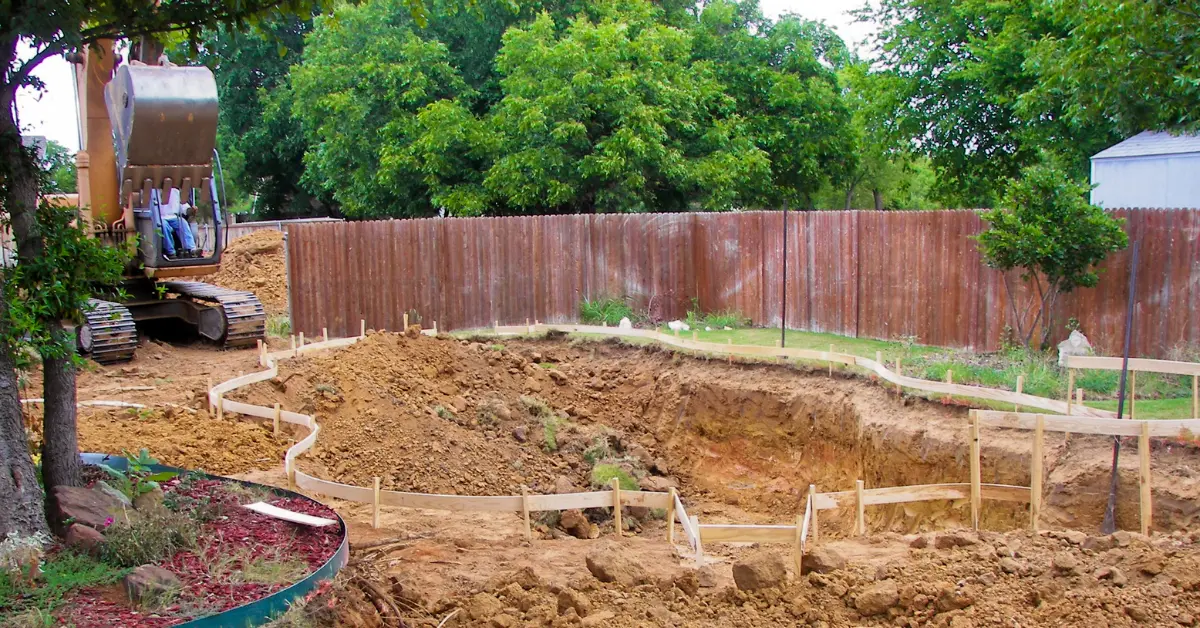
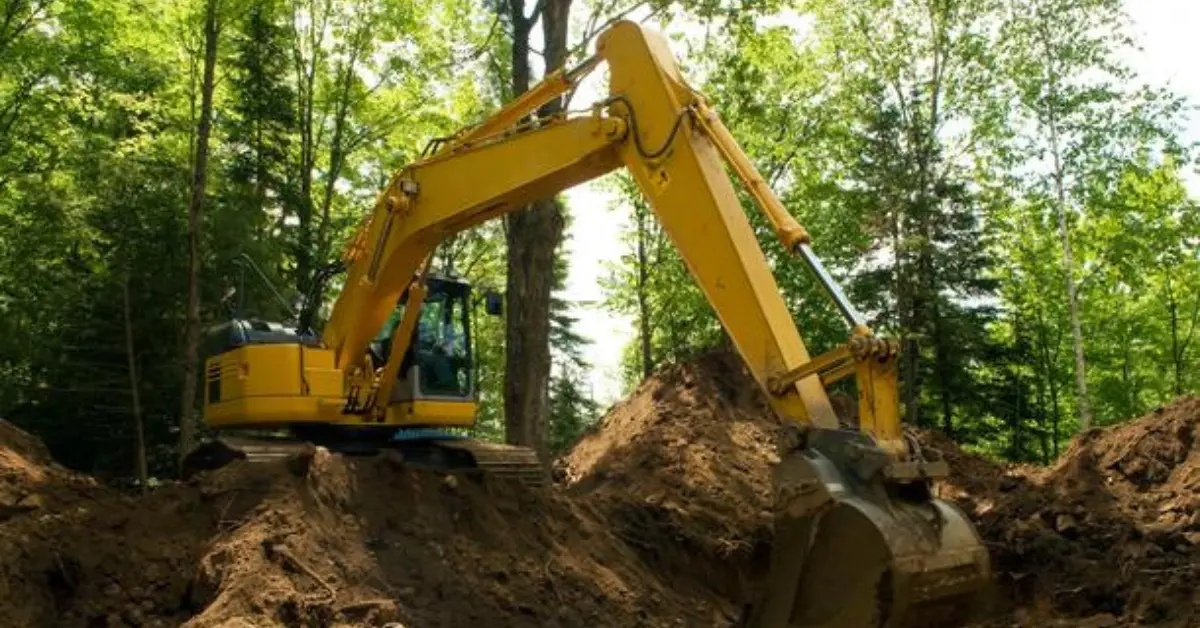
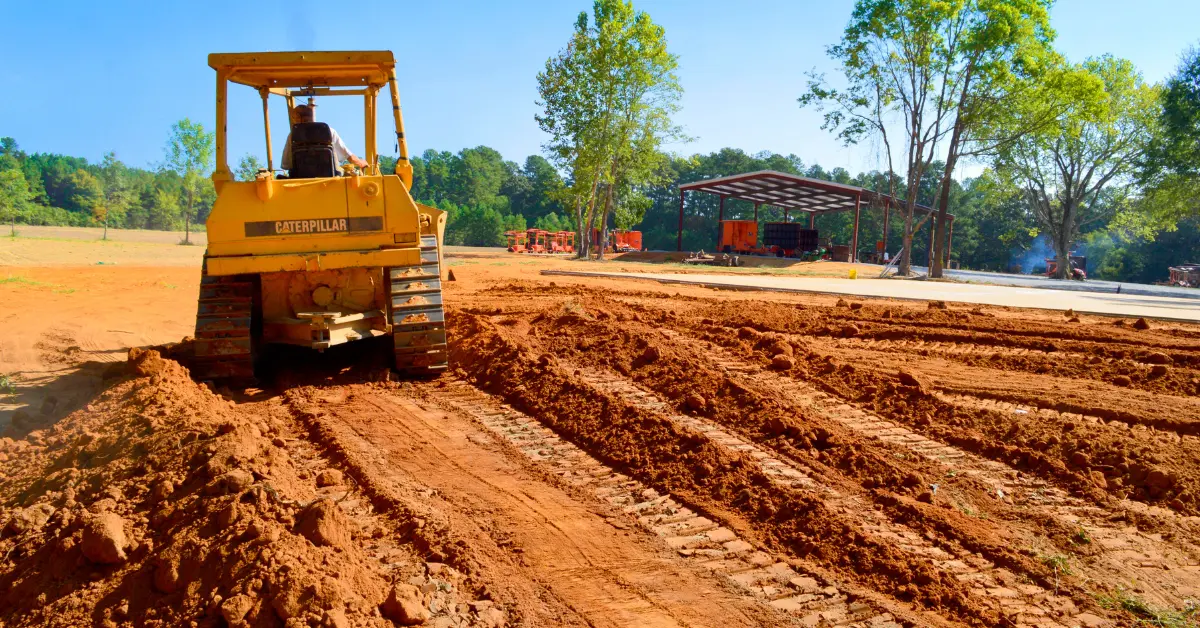
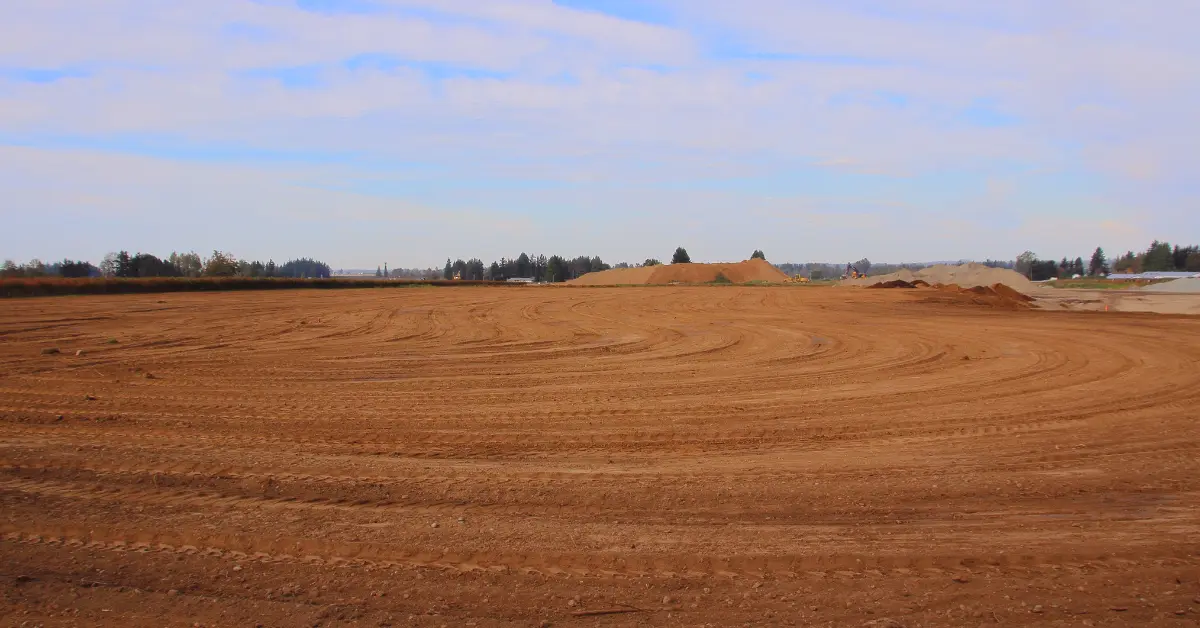



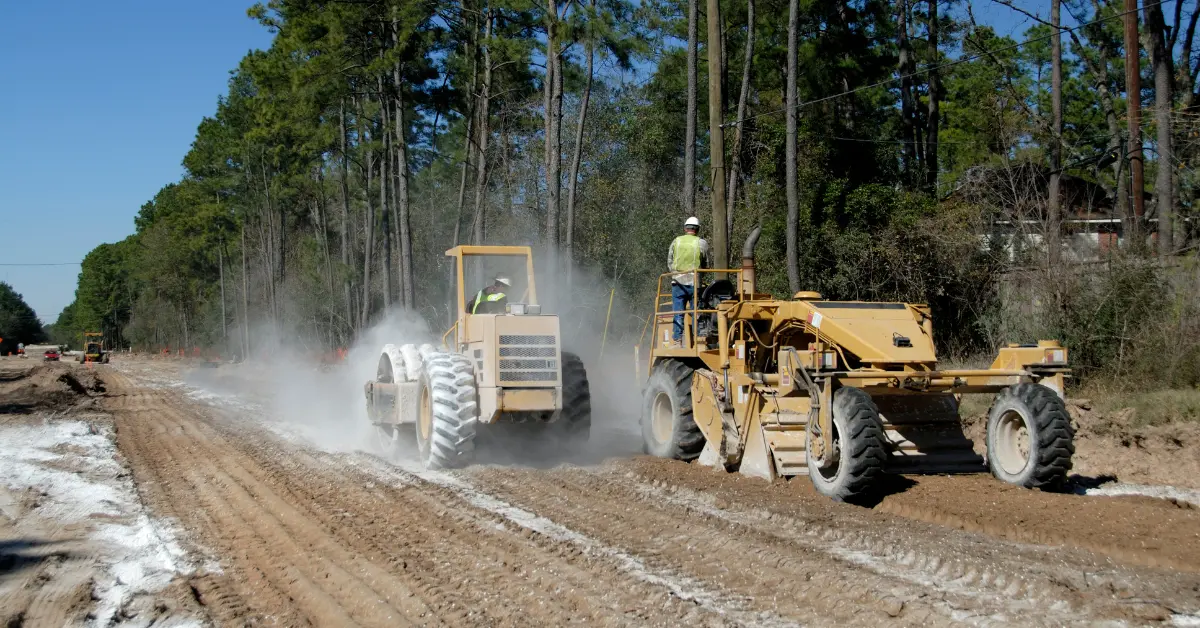




.jpg)

